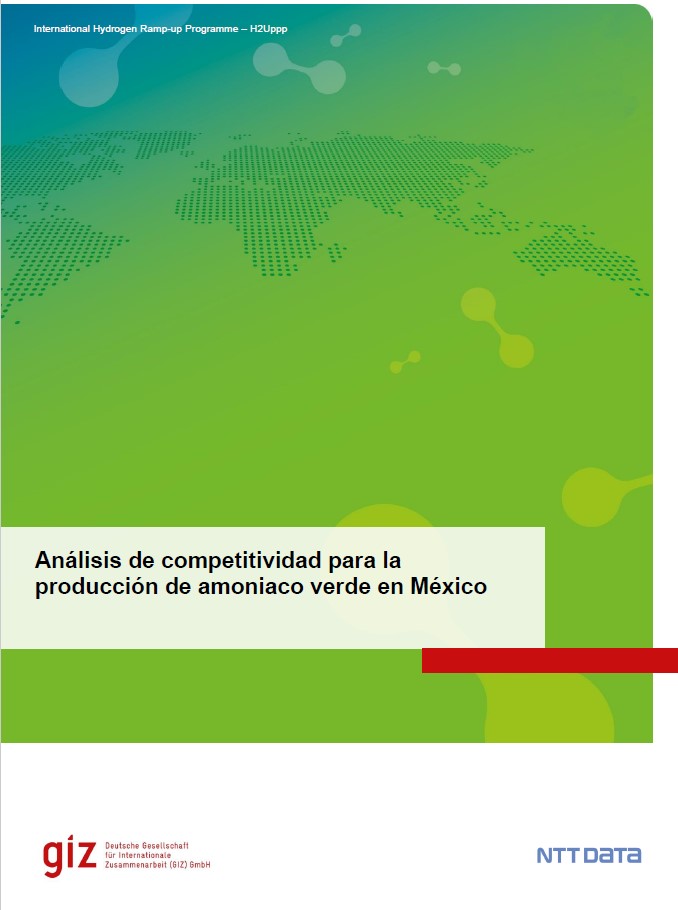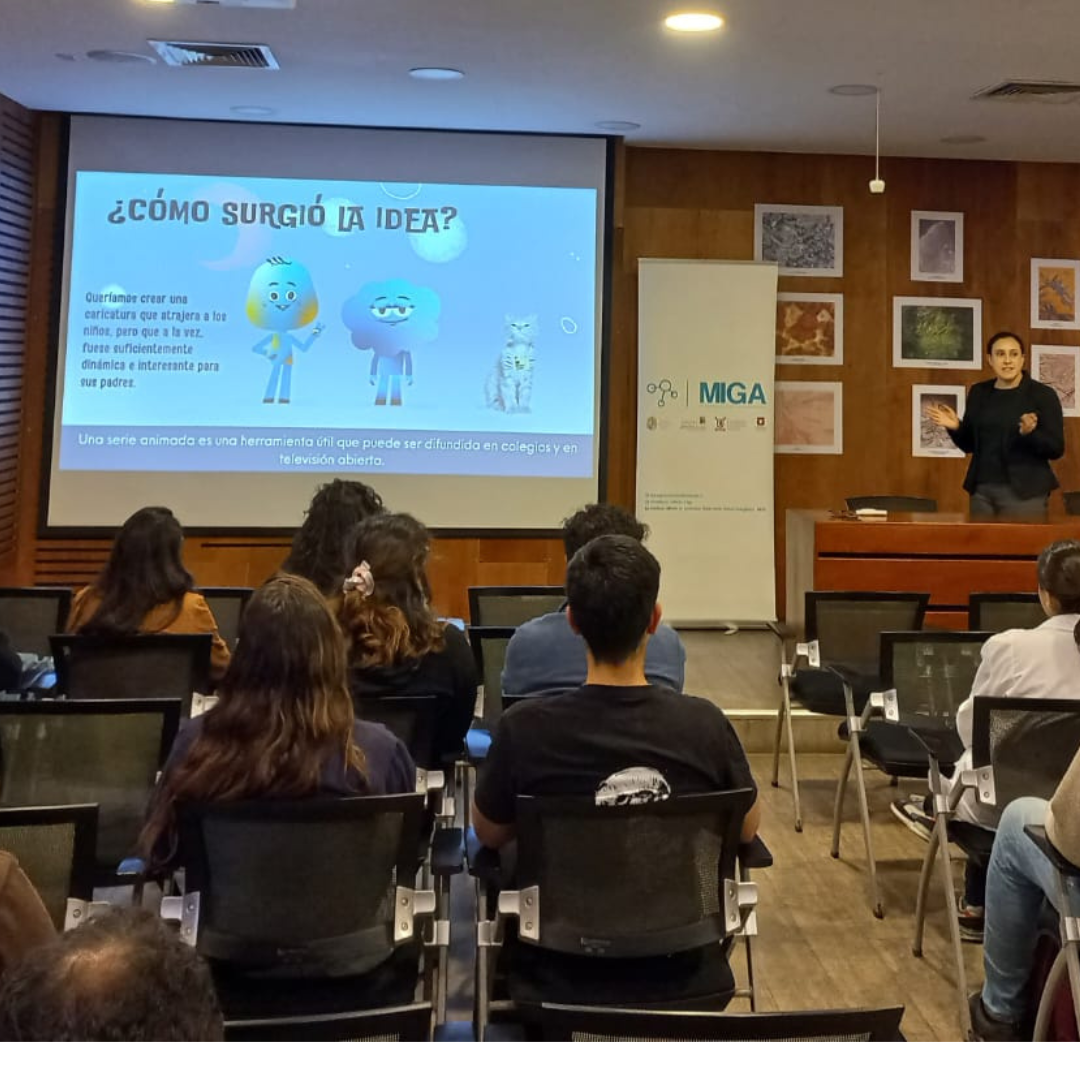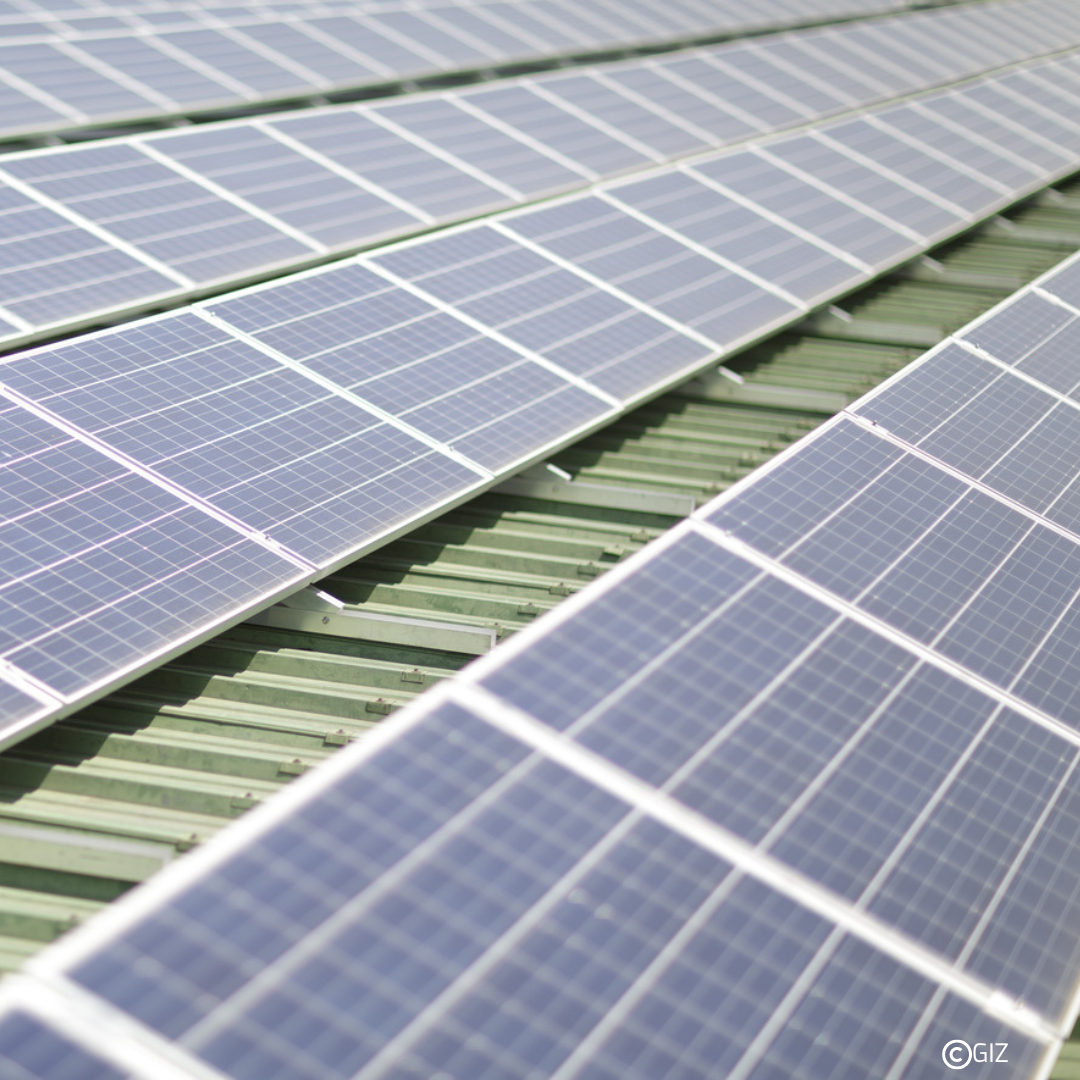The study highlights the country’s potential in the international context for production from renewable sources.
Competitiveness analysis for green ammonia production in Mexico

In a world looking for sustainable alternatives, the study “Competitiveness analysis for the production of green ammonia in Mexico”, conducted by GIZ in the framework of the International Hydrogen Promotion Program (H2Uppp), reveals Mexico’s potential to produce green ammonia (NH3).
What is green ammonia?
Green ammonia is generated from green hydrogen, produced from renewable sources such as solar and wind power. This method is significantly less polluting than conventional production, which accounts for approximately 1% of global CO2 emissions.
Why is this transition relevant?
The global green ammonia market is projected to reach a value of US$ 43.8 billion. l million by 2030, offering not only an environmental challenge, but also a considerable economic opportunity. Investment in clean technologies can attract foreign capital and generate new jobs in innovative sectors.
To position itself in this market, Mexico needs to improve its port and energy infrastructure, which would facilitate the export of green ammonia. The growing trend towards clean energy and an adequate regulatory framework are fundamental to strengthen the competitiveness of this product in an expanding international market.
How can we achieve this?
Collaboration between government, private initiative and academic institutions is essential.
According to the study, Mexicali and Salina Cruz are the most promising regions for green ammonia production. Mexicali, with its high solar potential, could achieve production costs below US$700 per ton by 2030. This is especially relevant given that, in 2021, the country faced a trade deficit of -3,862 kilotonnes in nitrogen fertilizers.
In addition, introducing carbon taxes and improving the efficiency of production processes are crucial to make green ammonia more competitive with gray ammonia. “Green ammonia produced in Mexico could be below historical prices observed in the United States by 2030,” the study states.
Benefits
This change will not only positively impact the industry and the environment, but will also benefit farmers who rely on fertilizers to maximize their crops. Offering cleaner alternatives will contribute to soil health and food security in the country.
When should we act?
Projections indicate that global demand for ammonia, especially in agriculture and as a marine fuel, will continue to grow after 2030. The production of green ammonia in Mexico represents a transformative opportunity for the energy and agricultural sector, and is a crucial step towards sustainability and carbon emissions reduction. As the country faces environmental challenges, the adoption of clean technologies and the development of innovative projects will be essential to position Mexico as a leader in this field and contribute to a more sustainable future for all.
To go deeper into this analysis and learn more about the potential of green ammonia, we invite you to read the full study here: https://kurzlinks.de/xoru.
¡Suscríbete a H2LAC Review!
Recibe nuestro newsletter mensual y sé el primero en recibir información actualizada sobre el desarrollo del hidrógeno verde en la región.
Noticias relacionadas









